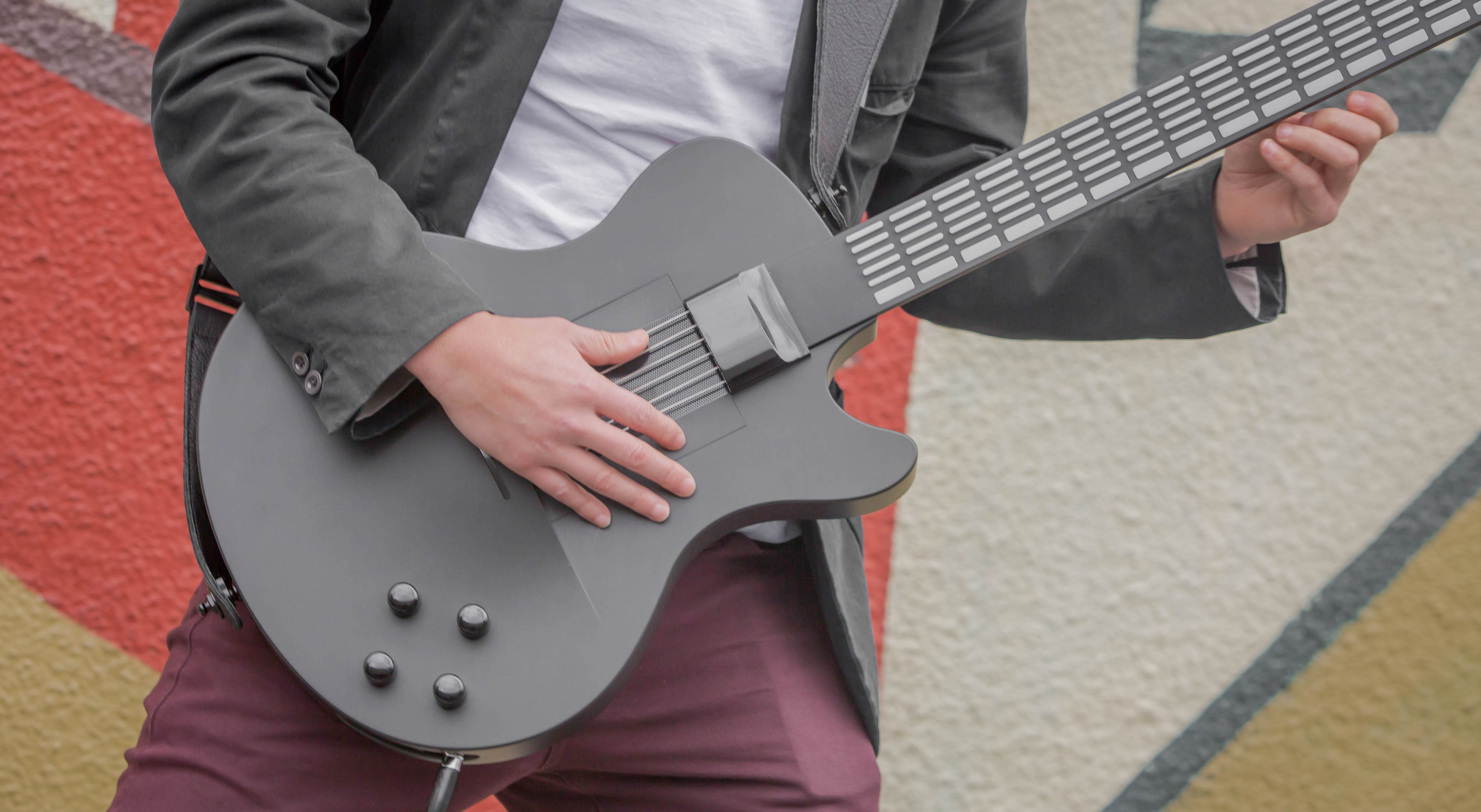

The stripes alternated between shiny and frosted metal. The EP-9 (Teisco's first double cutaway - a small-bodied thinline hollowbody archtop) was introduced this year and the EP-7, EP-8, EP-14, EP-15, EP-17, EP-17-T and EP-18 were still available.Ī major style change this year which helps in the dating of models is the introduction of a striped metal pick guard on most models. The hollowbodies available this year included four thick-bodies and four thinlines. Still available this year - MJ-1, MJ-2, MJ-2L, WG series, BS-101, SD-4L. These were the same as TB-64 but without the "monkey grip" handle. Two new basses - NB-1 (single p/u) and NB-4 (twin p/u). Another new guitar - the TG-64 (TB-64 bass) - came in a Fender Jazzmaster style and had the "monkey grip" handle. These included S-1, S-2, S-2T, S-3 and S-3T. The Teiscos imported into the USA by Jack Westheimer started to bear the 'Del Ray' logo - a flat white tin plate with an italicised 'Teisco' over a crown motif and the words 'Del Ray' underneath.Īlso intruduced about this time (badged as Kingston) was the S range, double-cutaways which were probably variations of the MJ and WG guitars. The Japanese logo changed to a sans-serif tye in an italicised "T" shape. Another new headstock style was introduced - this time the classic (and my favourite) Teisco four-and-two headstock (three-and-one on basses). The company shortens its name to 'Teisco Co. The groundbreaking and unique amp-in-a-guitar TRG-1 is introduced. On selected models squarish Strat style headstocks were used (thru 'til 1965). Teiscos were now also exported to the US badged as Kent for Bugeleisen & Jacobson.ĭallas-Arbiter began importing Teisco guitars into the UK re-badged as 'Arbiter' guitars. Two basic new solidbodies were introduced - the SD-4L/SD-2L and the SS-4L. Around this time the elongated strat style six-in-a-line headstock was introduced, although the six-and-six continued to be used on the hollowbodies. company in Chicago although these were badged as Kingston guitars. Teisco began to export to the US through Jack Westheimer's W.M.I. At least five sunburst hollowbodies were offered - the PE-7, PE-8, PE-13, PE-14 and PE-51.The company changes its name to 'Teisco String Instrument Corporation'. J-5 changes to the now more popular Fender style. The designs moved towards the Fender shape. P-1, T-60 and EB-1, probably Teisco's first bass, were introduced. The EP-61 is introduced, another Spanish archtop. The company changes its name from Aoi Onpa Kenkyujo to Nippon Onpa Kogyo Co., Ltd. The J-5, a single-cutaway solidbody a la Les Paul, was introduced around this time. The first solid body Teisco electric guitars were produced - the J-1, J-2, TG-54 and TN-54 - which copied the popular Les Paul design of that year. The EP-6 is intruduced, a Spanish archtop with possibly a single neck pickup. All guitars at this point had a Gibson three-and-three headstock style. The first standard guitar, the EO-180, is a Spanish acoustic guitar fitted with a mic pickup. The first products to carry the Teisco name were mics, amps and a lap steel guitar. Atswo Kaneko and does not stand for the 'Tokyo Electric Instrument and Sound Company' as is thought by some. The Teisco brand arrives! The brand name was coined by Mr. the company was called Aoi Onpa Kenkyujo (which, roughly translated, means Hollyhock Soundwave or Electricity Laboratories). The company that was to go on to create the Teisco brand was formed by Mr.

Where the USA model numbers are different from the Japanese designation they are shown in italics. For detailed descriptions of some of the models listed below you need to read Michael Wright's two articles from Vintage Guitar Magazine.īTW, I'm not going to cover the Teisco lap steel guitars - visit Brad's Page of Steel for those! If you can help with this please contact me. I would like to add a special thanks to writer Paul Day for supplying information on the history of Teisco guitars in the UK.Ĭheck out the 'ID Parade' page for photos of specific models. CO, Ltd website and Michael Wright in two excellent articles from Vintage Guitar Magazine - thanks to both! It's probably not 100% accurate (and probably never will be!) but is still a major achievement and can only get more detailed and accurate as people's interest grows along with their desire to root out the facts. The information here is currently based on info presented by the Kawai musical instruments Mfg. Piecing together all the facts about the Teisco brand is not easy.


 0 kommentar(er)
0 kommentar(er)
